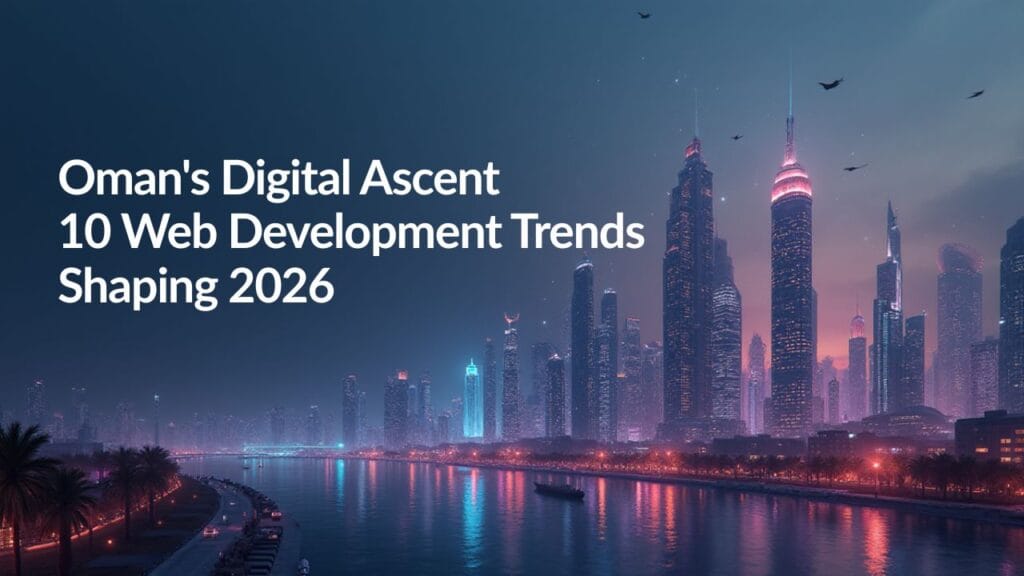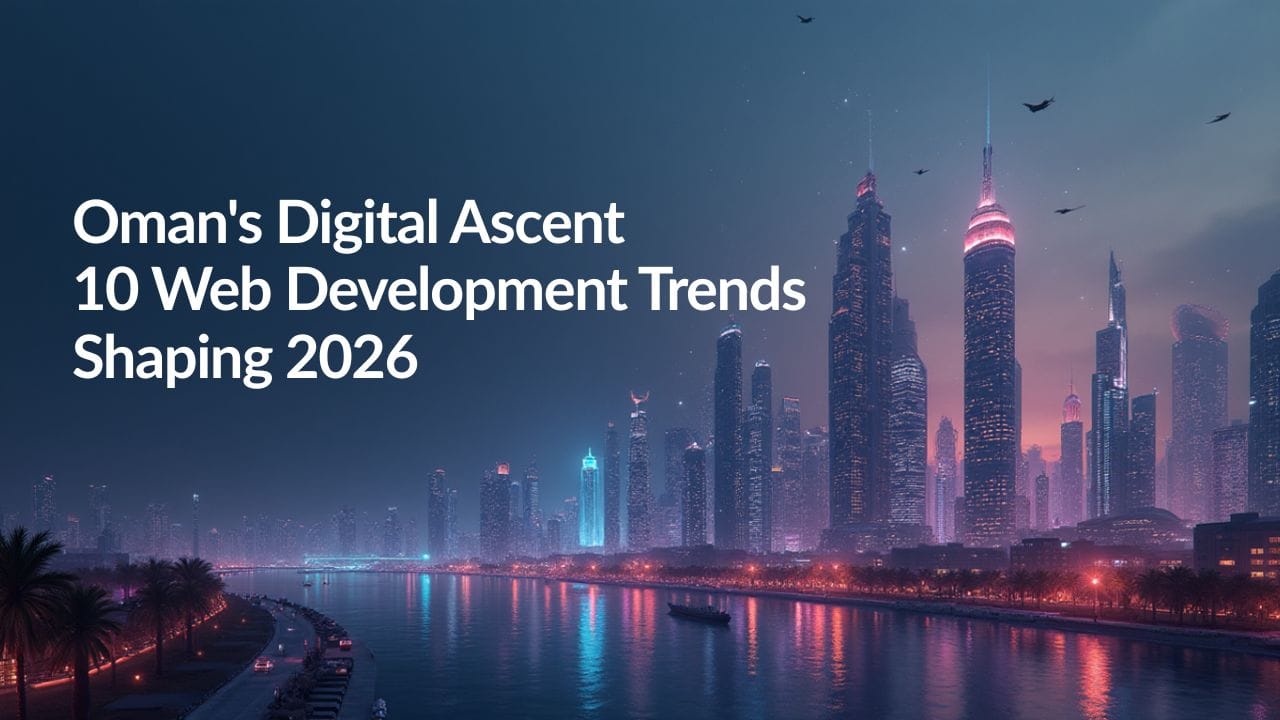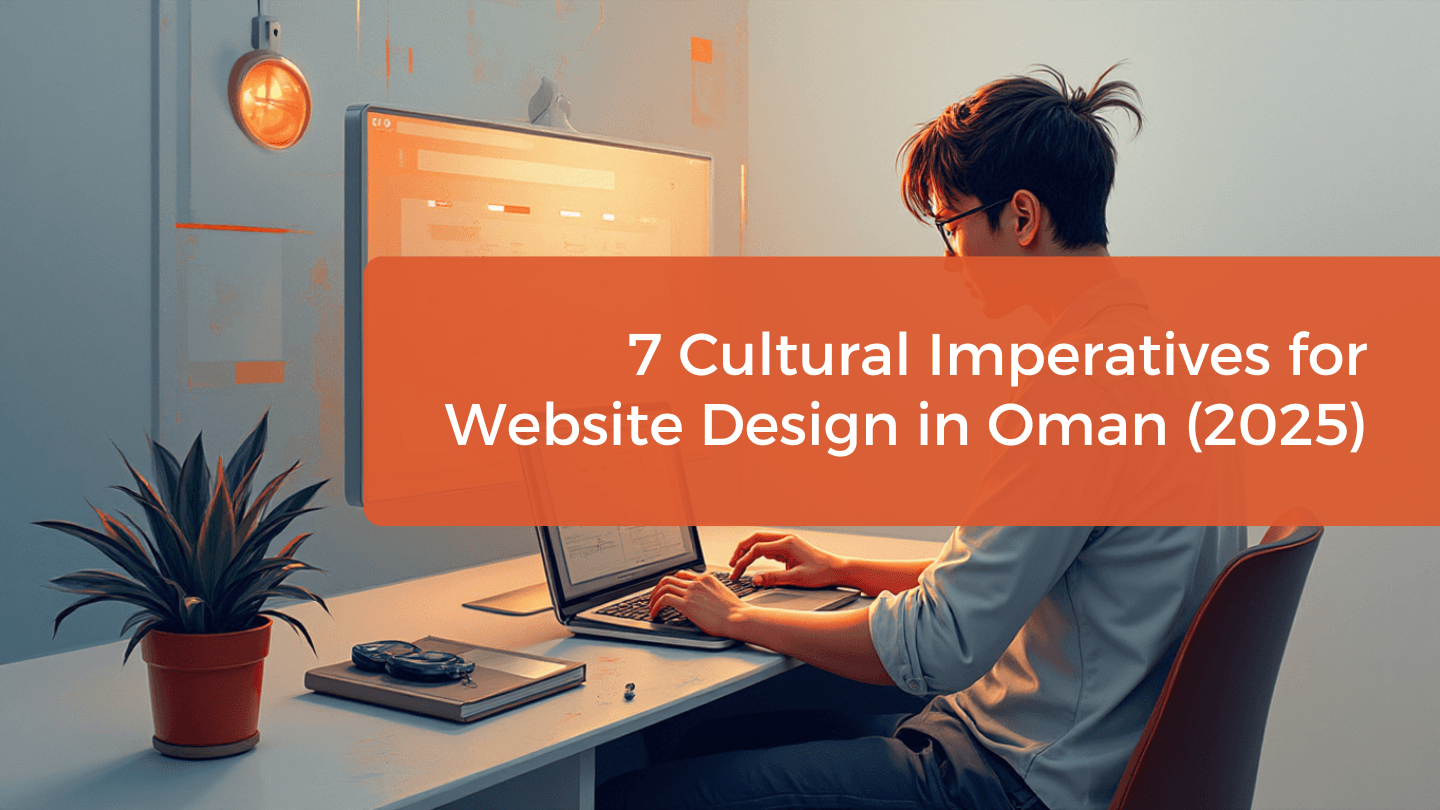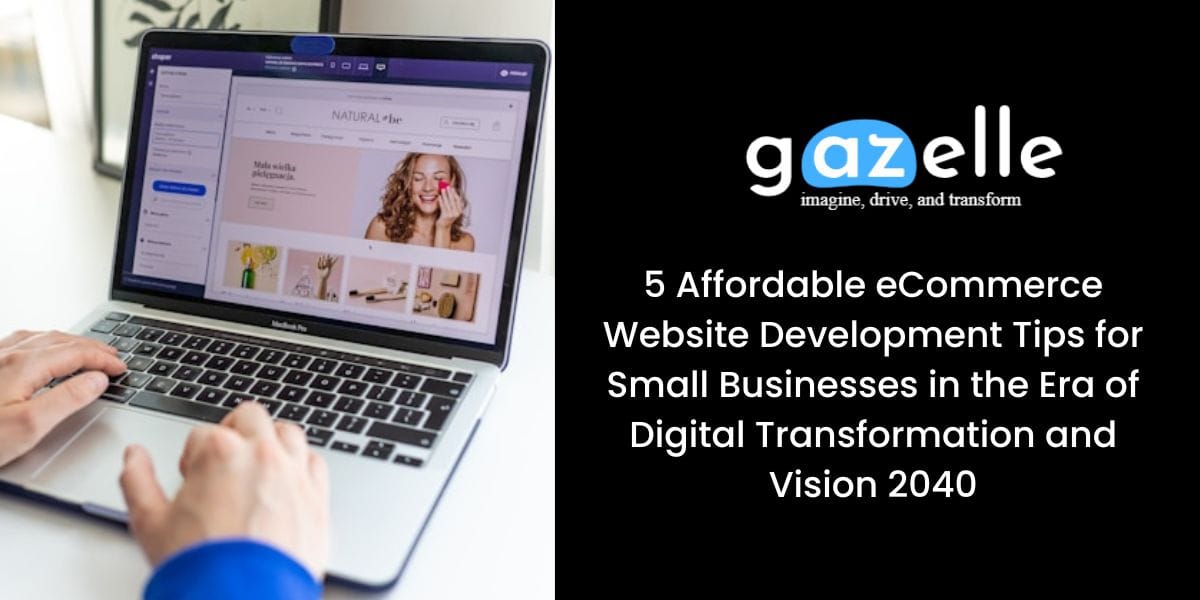The digital landscape of the Sultanate of Oman is evolving at an unprecedented pace, driven by Oman Vision 2040 and a tech-savvy population. For businesses to thrive in 2026, their websites must be built on the back of cutting-edge technologies that prioritize speed, personalization, and security.
The era of static, simple websites is over. The “rising wave” in Omani web development is defined by sophisticated, dynamic, and integrated platforms. Here are the 10 essential web development trends shaping Oman’s market in 2026.
1. Artificial Intelligence (AI) and Machine Learning (ML) Integration
AI is moving from a novelty to a fundamental component of the Omani web stack, driving intelligent automation.
- Intelligent Personalization: Websites use ML to analyze user behavior in real-time, tailoring content, product recommendations, and price points to maximize conversions.
- AI-Powered Chatbots and Support: Beyond simple FAQs, AI agents handle complex customer service inquiries in both Arabic and English, providing 24/7 localized support and reducing human operational load.
- Generative AI for Content: Developers leverage AI tools to assist in generating boilerplate code, optimizing images, and dynamically creating marketing copy, accelerating the development cycle.
2. M-Commerce and Progressive Web Apps (PWAs) Dominance
With the vast majority of Omani internet traffic originating from mobile devices, the mobile experience is the primary development focus.
- Hyper-Responsive Design: Development moves beyond simple responsiveness to prioritizing mobile-specific features, ensuring lightning-fast load times critical for Core Web Vitals (CWV).
- PWAs as the Standard: PWAs deliver an app-like experience—offering offline functionality, push notifications, and home screen access—without the cost or friction of traditional app store downloads. This is crucial for retaining users in the volatile mobile market.
3. Voice Search Optimization (VSO)
The proliferation of smart devices and assistants in the region makes VSO a critical SEO strategy.
- Natural Language Optimization: Developers design site content and structure to answer conversational queries (long-tail keywords) used in voice search, increasing visibility when users ask questions rather than typing keywords.
- Schema Markup Implementation: Extensive use of Structured Data (Schema Markup) helps search engines understand the intent and content of a page, enabling better indexing for voice results.
4. Headless Architecture and Decoupling
For enterprise and large-scale e-commerce operations in Oman, Headless CMS separates the front-end (user interface) from the back-end (content and data management).
- Speed and Performance: By using lightweight JavaScript frameworks (like React or Vue) for the front end and APIs for content delivery, Headless architecture delivers blazing-fast load times, significantly improving user experience and SEO ranking.
- Omnichannel Delivery: Content can be delivered seamlessly to multiple endpoints—websites, mobile apps, smart devices, and social platforms—all from a single Omani content hub.
5. Robust E-commerce and Localized Payment Gateways
The sustained growth of Oman’s e-commerce sector demands highly secure and locally compliant payment systems.
- Local Gateway Integration: Essential development includes seamless integration with national and regional payment solutions, such as OmanNet, Thawani, and local bank payment portals, alongside international providers.
- BNPL and Multi-Currency: Development must support the growing consumer demand for Buy Now, Pay Later (BNPL) options and clear pricing in the Omani Rial (OMR).
6. Advanced Security and Blockchain
In response to global cyber threats, security protocols are becoming increasingly sophisticated.
- Zero Trust Architecture: Developers are moving away from traditional perimeter security to “never trust, always verify” models, securing every single access point.
- Blockchain for Data Integrity: While still emerging, blockchain technology is being explored to enhance data security, transparency in supply chains, and for secure, decentralized user identity management.
- Adherence to Oman’s Regulatory Frameworks: Websites must be developed to comply with local data protection and electronic transaction laws.
7. Internet of Things (IoT) Interoperability
As smart homes and industrial automation increase across Oman, websites are evolving to serve as central control panels.
- API Development: Web applications are built with robust APIs to enable seamless communication with various connected devices (smart appliances, industrial sensors, fleet management systems).
- Real-Time Data Visualization: Developers use cutting-edge frameworks to display complex real-time data from IoT devices in a user-friendly, browser-based dashboard.
8. Accessibility (A11Y) and Inclusive Design
Websites developed in 2026 must adhere to global accessibility standards (WCAG) to ensure an inclusive experience.
- Semantic HTML and ARIA: Proper use of semantic HTML5 and Accessible Rich Internet Applications (ARIA) attributes ensures websites are navigable by screen readers and keyboard users.
- Bilingual Accessibility: Ensuring high accessibility standards for both Arabic R-T-L layouts and English L-T-R is crucial for compliance and social responsibility in the Sultanate.
9. Focus on WebAssembly (Wasm)
To handle the demand for complex, resource-intensive web applications (like video editing, 3D visualization, or gaming) directly in the browser, WebAssembly (Wasm) is a key trend.
- Native-Speed Performance: Wasm allows code written in languages like C/C++ or Rust to run inside the web browser at near-native speeds, unlocking new possibilities for highly dynamic web experiences without lengthy downloads.
10. Sustainable and Green Web Development
Oman’s focus on long-term sustainability is influencing the tech sector. Developers are adopting practices that reduce the carbon footprint of websites.
- Lightweight Code and Minimal Requests: Prioritizing efficient, clean code, optimizing images, and reducing third-party script reliance decreases the energy consumption required to load and run a website.
- Green Hosting: Choosing hosting providers powered by renewable energy sources is becoming a competitive differentiator for environmentally conscious businesses.






